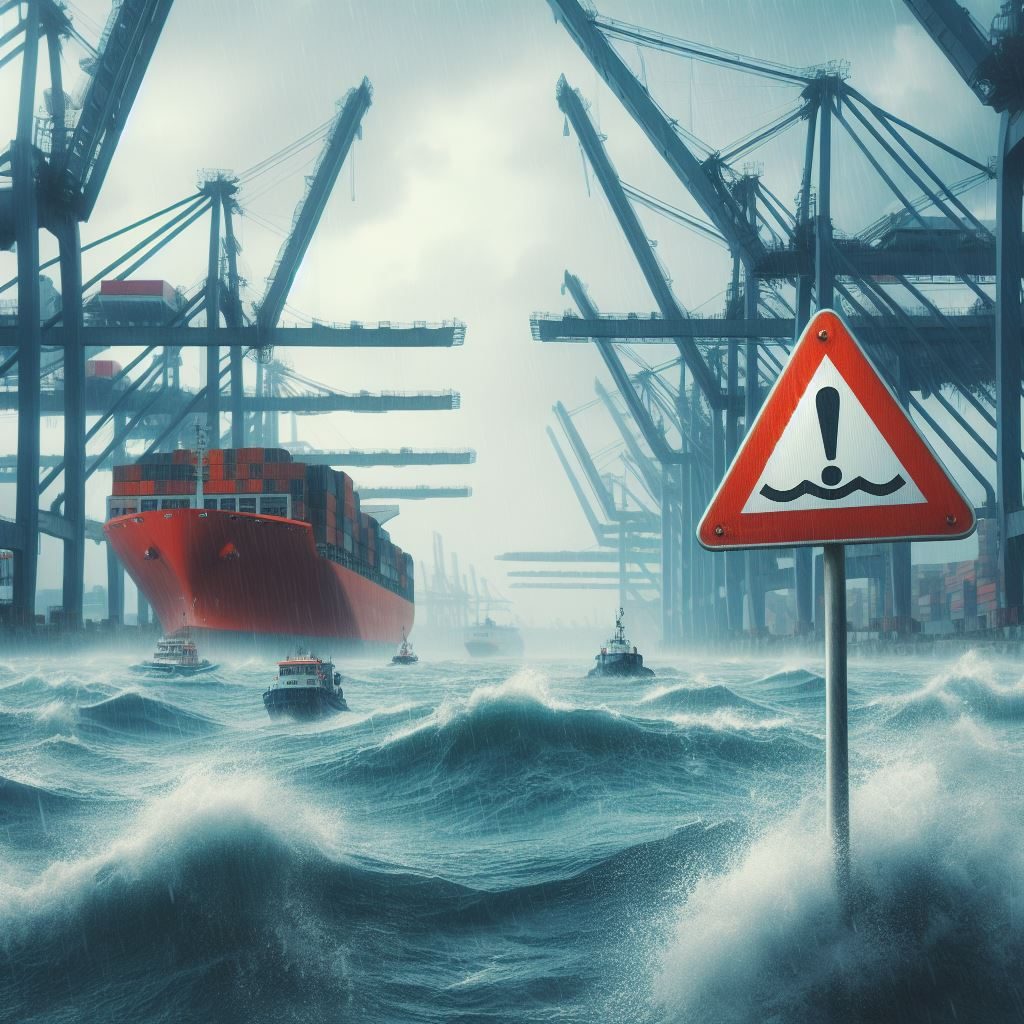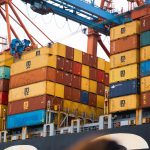Preparing for the Unexpected: How Shipping Companies Can Respond to Natural Disasters
This is a guest post by Ellie Gabel.
When natural disasters occur, a domino impact reverberates throughout the supply chain, and the disruptions can be pricey for companies. While defense attempts can only do so much, recovery strategies build long-term resilience.
Natural Disasters Disrupt Global Trade Stability
On February 6, 2023, a 7.8 magnitude earthquake hit Turkey and Syria that caused the collapse of a key port in Southern Turkey: Port of Iskenderun. The closure created bottlenecks at the terminal as cargo was redirected more than 200 kilometers away to Mersin. Dwell time ballooned from 3.6 days before the quake to a peak of 21.1 days on February 16.
The quake also affected 1,275 kilometers of railway lines in Turkey’s Kahramanmaraş region, which is a sobering example of how disasters can simultaneously cripple multiple modes of transport.

Landslides and rockfalls are less-publicized but equally hazardous natural events that disrupt logistics in mountainous areas. A prominent one is a landslide in Stenungsund that destroyed the E6, a major thoroughfare through Oslo, Norway and Gothenburg, Sweden. The torn-apart motorway affected the distribution services of goods, and a detour route was recommended by the Swedish Transport Administration, one that took between four and five hours.
More recently, Mount Etna erupted in February 2025, suspending flight activities at Catania Airport and severely immobilizing air freight operations across Europe. The airport stands at the foot of Europe’s most active volcano in Sicily. What once greeted airplane passengers became the reason why their flights were canceled. The eruption had far-reaching consequences, with those involved in United States imports and exports being the most vulnerable.
These disasters resulted in transportation delays that increased freight rates and toppled inventory balances. They also put additional pressure on customer service operations among affected parties. In the aftermath of such distractions, even a well-negotiated contract with the world’s top reliable freight forwarder may not be enough.
How Shipping Companies Respond With Resilience
A resilient response framework is the rock upon which shipping businesses rely when natural disasters strike. They need to craft a comprehensive risk mitigation strategy with a business continuity plan (BCP) should disasters strike. The plan must detail emergency protocols, alternate routing options for each port and immediate crisis communication procedures with stakeholders. Unfortunately, many businesses still operate without a documented BCP or have outdated and untested ones.
In addition to internal planning, companies must leverage advanced risk management tools that enable real-time cargo tracking and predictive analytics for weather disruptions. For businesses, tracking freight in real time provides evidence of the gravity of the situation and offers more context to communicate to stakeholders.
Live traffic feedback also supports decision-making on the spot. For example, in the event of torrential rains, drivers can predict potential bottlenecks due to flooding, avoid rockfall and landslide hazard routes, and detour to safer, more suitable slope-protected roads so as to ensure travel continuity.
This cancels out the time needed for confirmation between the operator and company and gives drivers a headstart on moving forward post-disruption.
Upgrading Infrastructure and Policy for Long-Term Resilience
Some efforts are already underway to harden infrastructure. The Asian Development Bank has financed over $65 million in climate-resilient upgrades for Pacific Island ports, including breakwater enhancements at Apia port in Samoa — the nation’s main international cargo gateway. Meanwhile, the International Association of Ports and Harbors (IAPH) has released its Risk and Resilience Guidelines, a three-pronged framework for port authorities to assess threats, coordinate with stakeholders and define resilience measures.
Beyond physical upgrades, policy transformation is needed. The Intergovernmental Panel on Climate Change’s Sixth Assessment Report recommends a transformational adaptation to climate impacts on maritime activity — this could include relocating ports, shortening shipping routes or even reshaping global trade hubs to reduce vulnerability.
For businesses that hire freight forwarders or manage their supply chains, these policy shifts underline the importance of working with logistics partners aligned with future-facing resilience strategies.
The Role of Partnerships in Crisis Recovery
Partnerships matter in the aftermath of disasters. Strong relationships between shippers, freight forwarders and port operators can make the difference between chaos and controlled response. Businesses should actively assess their partners’ disaster preparedness plans and ask specific questions. Does your logistics partner have alternate routing agreements? Do they maintain data redundancy for cargo tracking? Are they part of any port or regional emergency coordination networks?
One often overlooked but crucial strategy is supply chain diversification. Depending too heavily on a single port, region or carrier leaves companies exposed. Diversification — of suppliers, routes and even final destinations — can buffer operations against localized disruptions.
Climate-Proofing the Shipping Ecosystem
With climate models predicting more frequent and severe weather events, the shipping sector must prepare for the volatility the future has in store. Ultimately, shipping companies that embed disaster resilience into their core operations, not just as a reactive measure but as a competitive advantage, will be better positioned to serve clients consistently, even during a crisis.
This was a guest post by Ellie Gabel.
Author Bio
Ellie is a freelance writer who loves exploring the latest advancements in tech and science and how they’re impacting the world we live and work in. She’s also the associate editor of Revolutionized.com.




